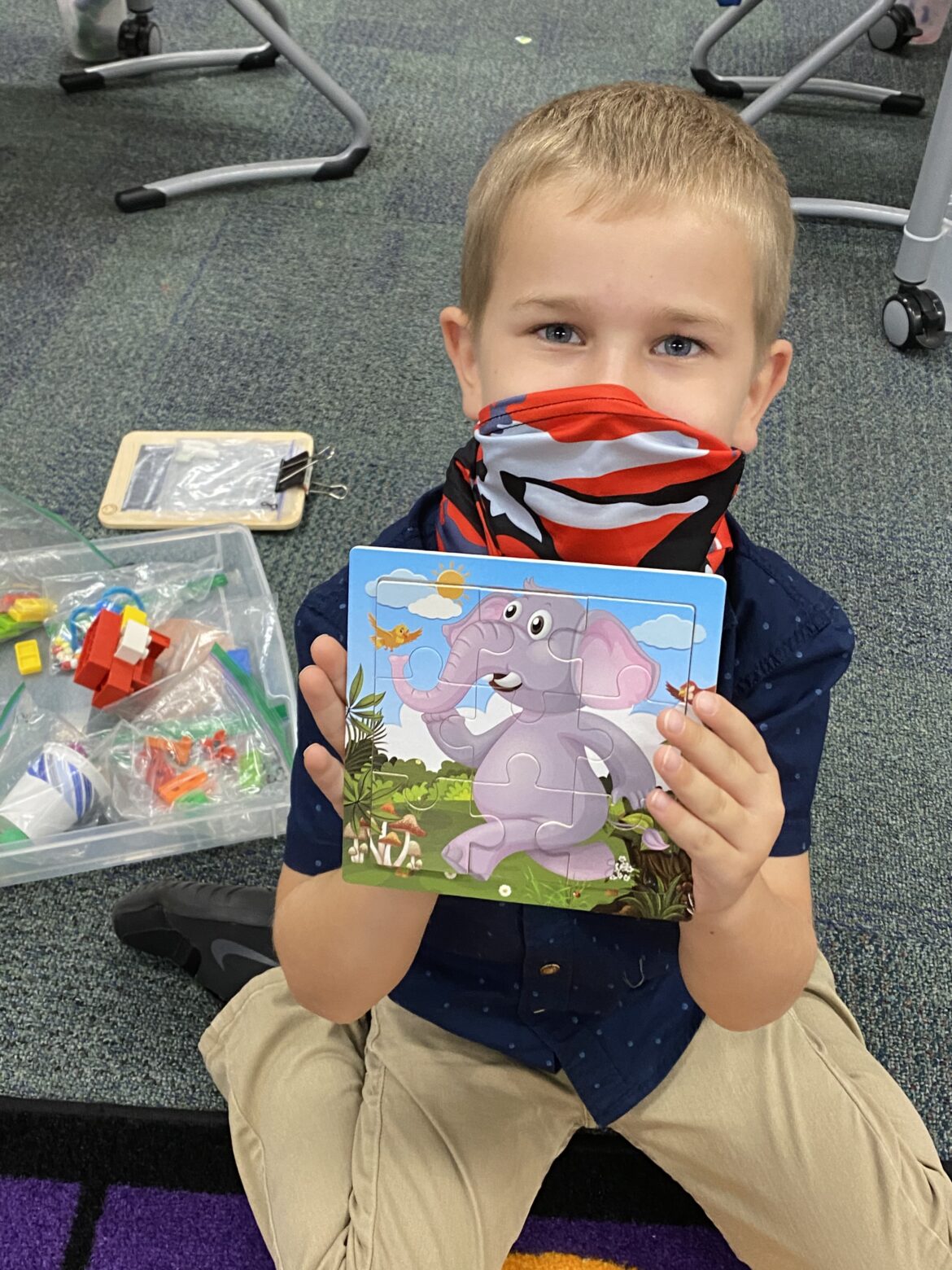A time that has presented many challenges with having to stop in-person learning, then having to move everything online, and then finding a balance of both, the COVID-19 pandemic has been physically and emotionally draining on educators.
For Cami Ashley, a kindergarten teacher at Lakeshore Elementary, it has been personally difficult. “This pandemic has really weighed on me emotionally. It has been an extremely difficult year and has made me look into alternative careers. This is also true of a lot of my colleagues as well. I feel like I am constantly in the ‘fight or flight’ zone throughout the day. Our school is in person Monday through Friday full time, so there has been no down time for teachers to catch their breath,” she said.
Kevin Barkholz, an English teacher and girls’ golf coach at Jackson High school, said, “The largest obstacle throughout this COVID era, has been the perceived isolation. Students of all ages are being convinced that their classmates, teachers, and classrooms aren’t concerned about their well being or coursework. This could not be further from the truth. Teachers feed off their students’ energy, but when delivering online lessons, it creates a digital barrier that some students don’t interpret very well.”
Ashley said, “We have been able to have smaller class sizes due to some of the students working virtually for the year. Luckily for my students, this is their first experience with school, so they don’t know anything different.”
Barkholz sees it differently. “Responses have varied from students taking advantage of more autonomous schedules and using personal technologies to students incorrectly perceiving their tablets, laptops, and smartphones as tools of entertainment and distraction. For some students, mostly secondary, the online classroom works well with work schedules and family obligations. Unfortunately, for most students, the curiosity and joy of applicable learning has diminished.”
“Whether a district has adopted 100% courses or a hybrid model, the pandemic has encouraged innovative instructional methods,” says Barkholz. “Adopting and adapting the craft of teaching within the context of web-based services was inevitable so this past year has accelerated this adaptation. Effective Educators possess the greatest humanistic instincts for harboring healthy development in young adults and children, so amalgamating these instincts with web based models will really move the educational systems into a more progressive space.”
When learning can go back to completely in-person, the teachers will breathe a sigh of relief.
Ashley said, “It was really very difficult to teach 5-year-olds from a computer and a lot of the teaching landed on the parents shoulders,” said Ashley. “This was really difficult for the parents since they were also juggling working remotely while trying to teach their children.”
Barkholz said, “This pandemic period has emotionally and professionally challenged everyone in education but it has shone a spotlight on both the personal and organizational trajectories of effective methods of learning.When the ‘mask-less’ smiles fill our schools’ hallways and when classrooms are once again filled with youthful chatter, we will again appreciate the human condition through the traditional routines our parents, grandparents, and great-grandparents once enjoyed.”
